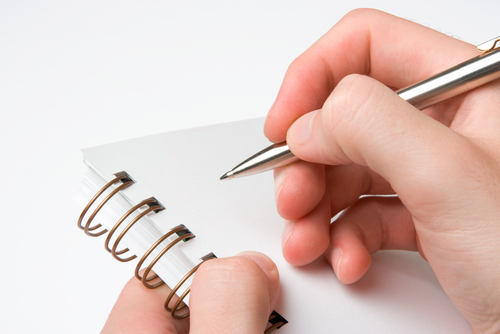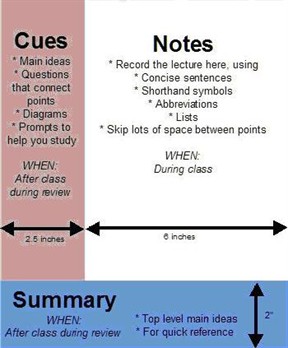
Many students have problems making a smooth transition from high school to college, because they have difficulty adapting their learning styles to the lecture courses offered at universities. Read on to find out how you can learn from and make the most of your lectures.
Listen Actively in Lecture
Active students have a higher chance of succeeding than passive ones. Here is how you can actively learn during your lectures:
- Arrive Early. Always strive to be early to your lecture. This way, you can choose a seat that is far away from temptations and distractions, while being close to the lecturer. You want to make sure that you are close enough to hear clearly as well as see any visual aids your professor may use.
- Prepare in Advance. Review your notes from the previous lecture and prepare for the upcoming lecture. This way, you will have an idea of what to expect in terms of themes and ideas.
- Listen with Focus. Rather than copying down every word in the lecture, focus and figure out what the main ideas are. Then, only copy down the most important and relative supporting details.
- Pay Attention to What the Lecturer is Focusing On. If the lecturer is spending plenty of time on one topic, chances are that the concept that he or she is explaining is very important. Pay special attention whenever the lecturer spends time analyzing, synthesizing, or processing information for you. Copy down and lists or connections that the lecturer makes.
- Ask Questions. Do not rely on your professor to simply know whenever you are confused. Instead, take initiative and ask questions whenever you do not understand a certain concept. Most likely, your classmates are just as lost as you.

Use Effective Note-Taking Methods
Unorganized notes will only make studying harder for you in the long run. Learn how to take notes in an organized manner. A great popular note-taking method is the Cornell method.
Here is what you do:
- Use One Side. Only use one side of your paper. Draw a vertical line a few inches away from the left side of your paper and a horizontal line a few inches above the bottom edge of your paper.
- Write Legible Notes. Record your notes legibly in the center part of your paper.
- Use Abbreviations. Use abbreviations that you can understand in a consistent manner to save you time.
- Skip Lines for Transitions. Separate different thoughts and ideas for each other by skipping lines between different sections.
- Leave Blanks. Leave clear blanks for information that you missed.
- Note Question Marks. Whenever you know that you need to study more on a certain section, mark it with a question mark.
The next few steps should be done after the lecture:
- Review Within 24 Hours. Make sure that you review your notes within 24 hours of the lecture. Otherwise, you will have a higher chance of forgetting.
- Fill in Blanks. Go back and fill in any blanks you left.
- Annotate. Write down key terms, concepts, dates, and other important information that will help your review in the left-hand margin.
- Summarize. Write a summary of each page of the notes in the bottom margin of your notes.
Learn more with the great example of the Cornell method on Lifehacker.com.
